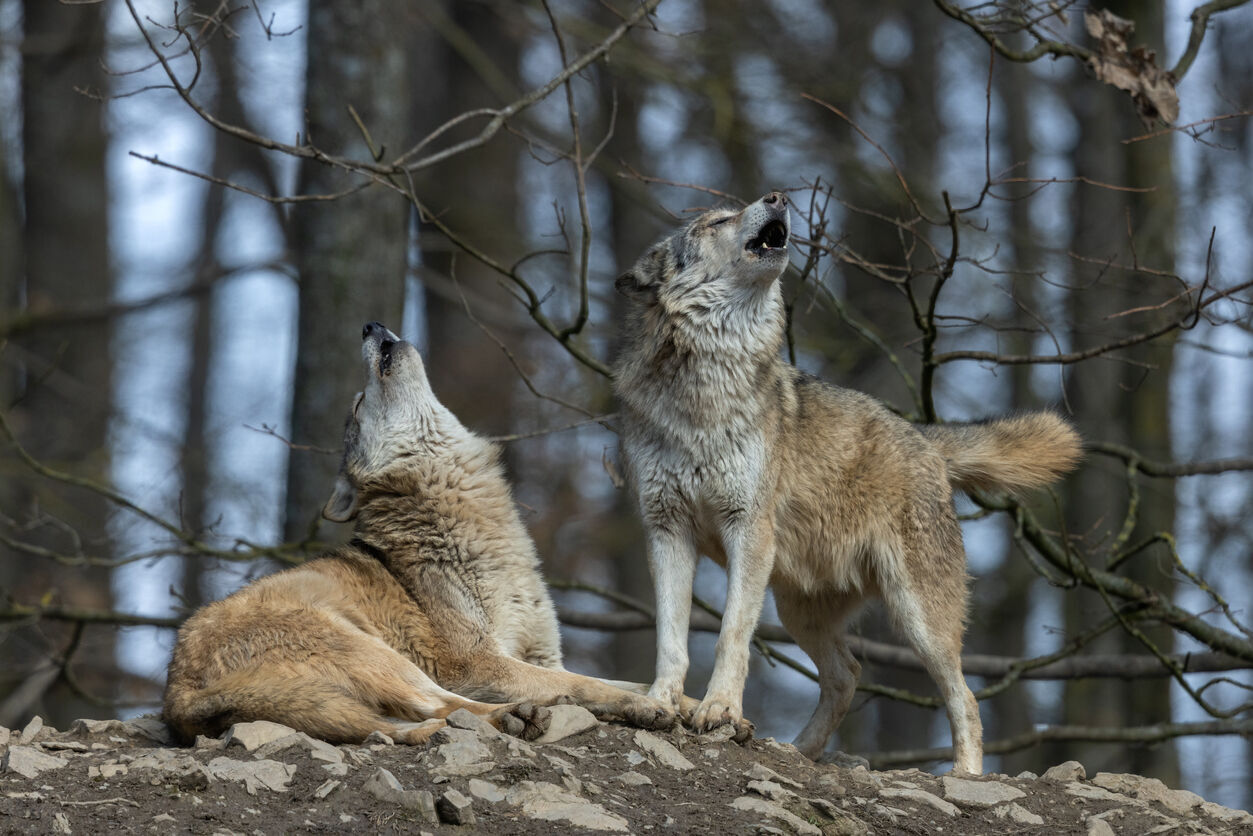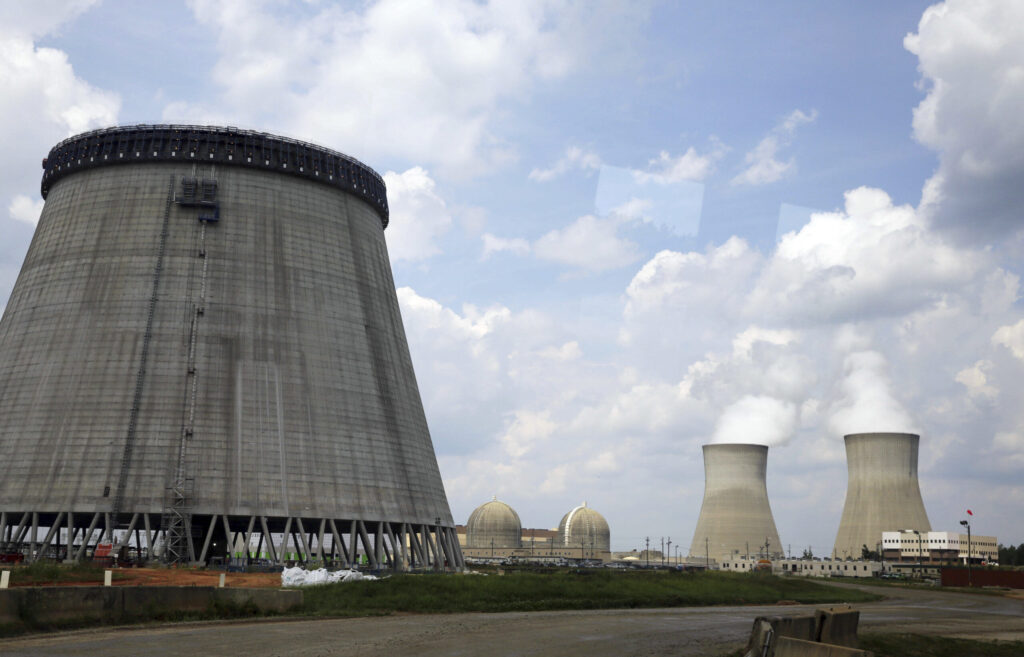Climate change driving expansion of Endangered Species Act
The U.S. Department of the Interior is reacting to climate change by proposing an expansion of the Endangered Species Act. The final rule, published in the Federal Register Monday, would allow it to establish experimental populations of endangered species in places outside of their normal historical range.
The department claims that because climate change may make habitat unsuitable for a species, the department can establish new experimental populations in habitat that it believes is suitable for conservation of the species — even though the land lies outside the species historic range.
Secretary of the Interior Deb Haaland and Assistant Secretary for Fish and Wildlife and Parks Shannon Estenoz discussed the new action and the significance of the Endangered Species Act (ESA) with Service staff from Hakalau Forest National Wildlife Refuge in Hilo, Hawaii yesterday, according to a news release.
“The impacts of climate change on species habitat are forcing some wildlife to new areas to survive, while squeezing other species closer to extinction. The Interior Department is committed to using all of the tools available to help halt declines and stabilize populations of the species most at-risk,” Haaland said in the release. “As we celebrate the 50th anniversary of the Endangered Species Act, these new revisions will help strengthen our efforts to conserve and recover imperiled species now and for generations to come.”
The ESA is credited with saving 99% of listed species from extinction, according to the department. More than 100 species of plants and animals have been delisted based on recovery, or down-listed from endangered to threatened based on improved conservation status.
Hundreds more species are stable or improving thanks to the collaborative actions of Tribes, federal agencies, state and local governments, conservation organizations and private citizens, according to the release.
Updating the rule will allow the Service to keep pace with corresponding science, department officials said, which has shown that climate change and invasive species are pushing plants and animals into completely new geographic areas.
“[I]n 1984, when our regulations pertaining to section 10(j) of the ESA were first written, climate change and invasive species were not recognized as the significant threats they are today. As an agency, we need to adapt our regulations and policies to address changing threats to species,” according to the final rule.
The existing regulations restrict the reintroduction of experimental populations to only the species’ historical range, except under extreme conditions.
Objectors to the rule change said the department cannot designate as “critical habitat” a place where the species has never been found because it’s never been that species’ habitat. They are concerned that this change gives the department more regulatory authority than Congress authorizes in the Act.
There is a foundation for skepticism about the proper extent of the department’s regulatory authority.
A 2018 decision by the U.S. Supreme Court about the endangered dusky gopher frog — found only in a few places in Mississippi — considered an attempt by the department to designate a 1,544-acre site in St. Tammany Parish, Louisiana valued at as much as $33 million as “unoccupied critical habitat” for the frog.
Landowners cited existing regulations prohibiting establishing experimental populations outside of the species’ historic range when they challenged the designation.
The Court held that while the regulations defined “critical habitat,” they never defined whether a place where the species never existed can be “habitat.”
Before critical habitat can be designated, the Court reasoned, it first has to be habitat, which means that the species must occupy or have once occupied the property. It remanded the case for further proceedings to clear up the ambiguity. The case eventually ended up back at the United States District Court for the Eastern District of Louisiana where it began.
There, rather than proceeding to trial on the issue of definitions and regulations and possibly facing an adverse decision, the department and the plaintiff landowners, including Weyerhaeuser — a land and timber company owning some 10 million acres across the U.S. — settled the case with a consent decree abandoning the attempt to designate the parcel as critical endangered species habitat.
The department is now exerting authority to determine what habitat might be suitable for recovering an endangered species can be used to establish experimental populations outside of the historic boundaries of the species.
Commenters on the proposed rule were concerned that such designations would burden landowners with an “onerous” requirement for “consultation” under ESA regulations.
In its response, the department said: “It is true that if we designated an experimental population outside of historical range, the Section 7 consultation requirements would apply.”
“We do not anticipate that there would be many circumstances where we would determine that a project affecting a nonessential experimental population is likely to jeopardize the listed species,” department officials said.
Another commenter said that the department should create a blanket exception to the prohibition on incidental taking of a species for nonessential experimental populations located outside the species’ historical range to give landowners some certainty in dealing with the species.
The department said creating a blanket exception to the take prohibition would not provide the flexibility it needs to further the conservation of the species.
This is an issue in Colorado, given the voter-approved mandate to reintroduce wolves — which the department is classifying as a non-essential experimental population.
Already, Colorado’s law has limited the actions landowners and livestock owners can take to protect their property against predation by listing the gray wolf as an endangered species under state law.
This prohibits killing a wolf unless it is a direct threat to human life. Livestock damage is compensated through a program established by state Parks and Wildlife.
“Through this rule change we are adjusting our regulatory authority to allow us to adequately respond to these potential scenarios in circumstances where it may not be possible to recover a species within its historical range because of loss or alteration of some or all its suitable habitat,” the rule adds.
The final rule, published in the Federal Register Monday, becomes effective August 2.
















